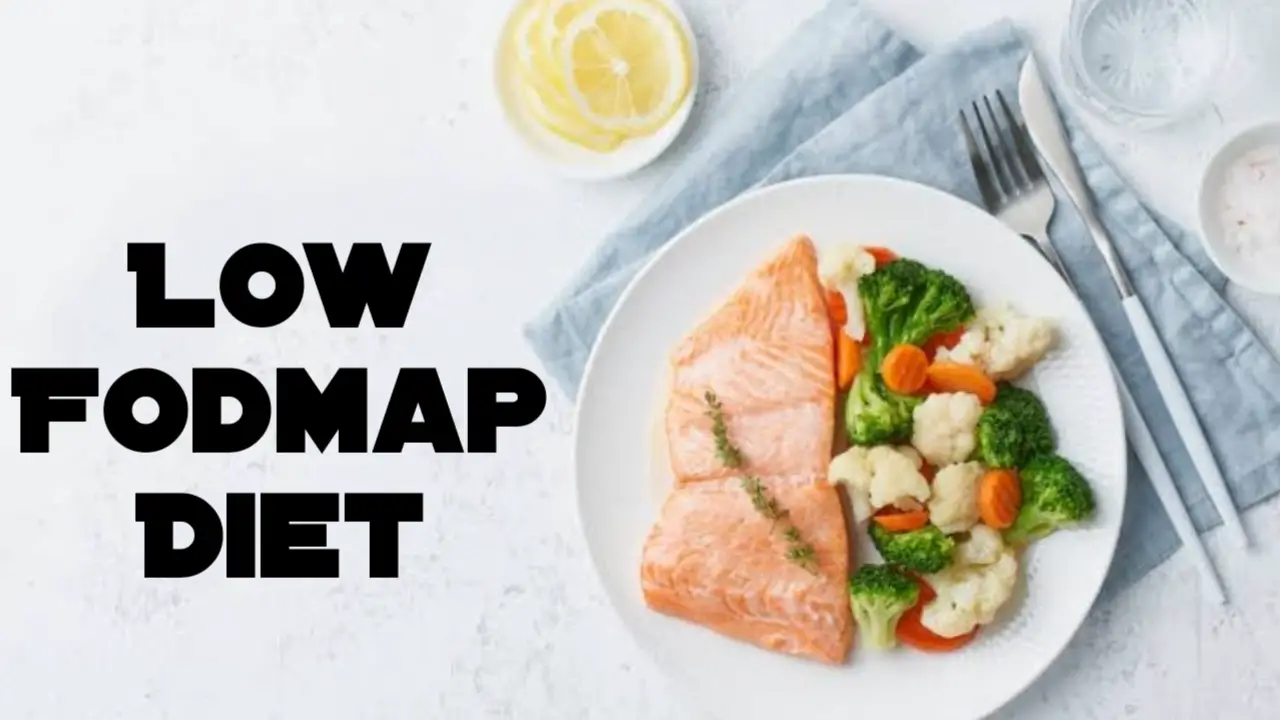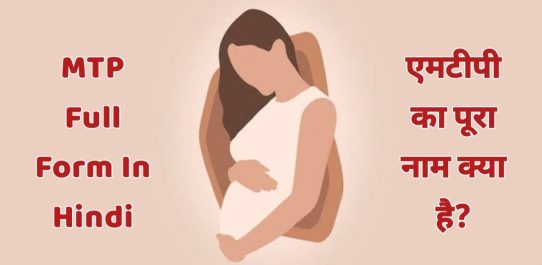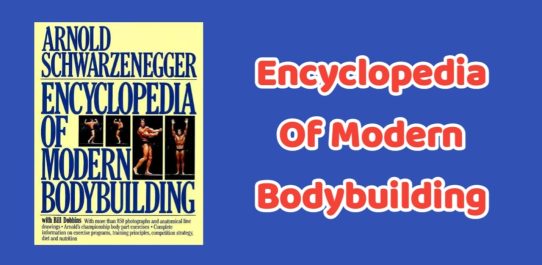Low Fodmap Diet PDF Free Download
In a world where dietary trends come and go, the Low FODMAP diet has been gaining traction as an effective way to manage digestive issues and improve overall well-being. In this comprehensive guide, we will delve into the details of the Low FODMAP diet, exploring what it is, who can benefit from it, and how to get started on this journey towards better digestive health.

What are FODMAPs?
Before we dive into the specifics of a Low FODMAP diet, let’s understand what FODMAPs are.
FODMAPs, or Fermentable Oligosaccharides, Disaccharides, Monosaccharides, and Polyols, are a group of short-chain carbohydrates that some people find difficult to digest. They can ferment in the gut, leading to symptoms like bloating, gas, abdominal pain, and diarrhea, especially in individuals with irritable bowel syndrome (IBS) or other gastrointestinal disorders.
The Low FODMAP Solution
How Does It Work?
The Low FODMAP diet involves restricting the intake of foods high in FODMAPs to reduce their impact on the digestive system. This approach can provide relief to those who suffer from digestive discomfort. Here’s how it works:
- Elimination Phase: During the initial phase, individuals eliminate high FODMAP foods from their diet for a specified period, typically 2 to 6 weeks. This helps in symptom reduction and serves as a diagnostic tool to identify trigger foods.
- Reintroduction Phase: After the elimination phase, certain FODMAP-containing foods are gradually reintroduced to identify which specific ones trigger symptoms. This phase requires careful monitoring and a systematic approach.
- Personalization: Based on the results of the reintroduction phase, a personalized diet plan is developed, allowing individuals to enjoy a wide variety of foods while minimizing discomfort.
Who Can Benefit?
The Low FODMAP diet primarily benefits individuals dealing with conditions such as:
- Irritable Bowel Syndrome (IBS)
- Inflammatory Bowel Disease (IBD)
- Small Intestinal Bacterial Overgrowth (SIBO)
- Functional Gastrointestinal Disorders
Foods to Enjoy and Avoid
High FODMAP Foods to Avoid
During the elimination phase, it’s essential to steer clear of high FODMAP foods, including:
- Fructose: Found in some fruits and sweeteners.
- Lactose: Present in dairy products.
- Fructans: Commonly found in wheat, garlic, and onions.
- Galactans: Found in legumes like beans and lentils.
- Polyols: Present in certain fruits and vegetables, as well as sugar-free sweeteners.
Low FODMAP Foods to Enjoy
On the flip side, there’s an abundance of delicious low FODMAP foods to enjoy, including:
- Proteins: Meat, poultry, fish, tofu, and eggs.
- Grains: Rice, quinoa, oats, and gluten-free pasta.
- Fruits: Bananas, blueberries, strawberries, and kiwi.
- Vegetables: Carrots, spinach, bell peppers, and zucchini.
- Dairy: Lactose-free milk and hard cheeses.
Also Read This : Chandrayaan 3 MahaQuiz: Win Prizes Up To 1 Lakh Rupees
Tips for Success
When embarking on a Low FODMAP journey, here are some tips to keep in mind:
- Consult a Dietitian: It’s crucial to work with a registered dietitian who specializes in the Low FODMAP diet to ensure you’re getting proper guidance.
- Read Labels: Be vigilant about reading food labels to avoid hidden FODMAPs in processed foods.
- Keep a Food Diary: Maintaining a food diary can help track your symptoms and identify trigger foods.
- Stay Hydrated: Drink plenty of water to aid digestion and prevent constipation.
- Balanced Nutrition: Despite restrictions, aim for a well-balanced diet to ensure you’re getting all essential nutrients.
Conclusion
The Low FODMAP diet offers hope and relief to those grappling with digestive disorders. By understanding FODMAPs, following the phases diligently, and working closely with a dietitian, individuals can regain control over their digestive health and enjoy a more comfortable, symptom-free life.
FAQs
Q: Is the Low FODMAP diet suitable for weight loss?
A: The primary goal of the Low FODMAP diet is to manage digestive symptoms, but some people may experience weight loss as a side effect due to reduced calorie intake. It’s essential to prioritize health over weight loss.
Q: Can I follow the Low FODMAP diet long-term?
A: The Low FODMAP diet is typically not meant to be a long-term solution. Once trigger foods are identified and symptoms are under control, individuals can reintroduce some high FODMAP foods in moderation.
Q: Are there any potential side effects of the Low FODMAP diet?
A: Some individuals may experience constipation or a decrease in beneficial gut bacteria during the elimination phase. It’s important to address these concerns with a healthcare professional.
Q: Can children follow the Low FODMAP diet?
A: Children with digestive issues may benefit from a modified Low FODMAP diet, but it should be supervised by a pediatric dietitian or healthcare provider.
Q: Where can I find more information and recipes for the Low FODMAP diet?
A: There are many reputable resources and cookbooks available online and in bookstores that can provide detailed information and delicious recipes tailored to the Low FODMAP diet.
Click Here To Download PDF For Free








